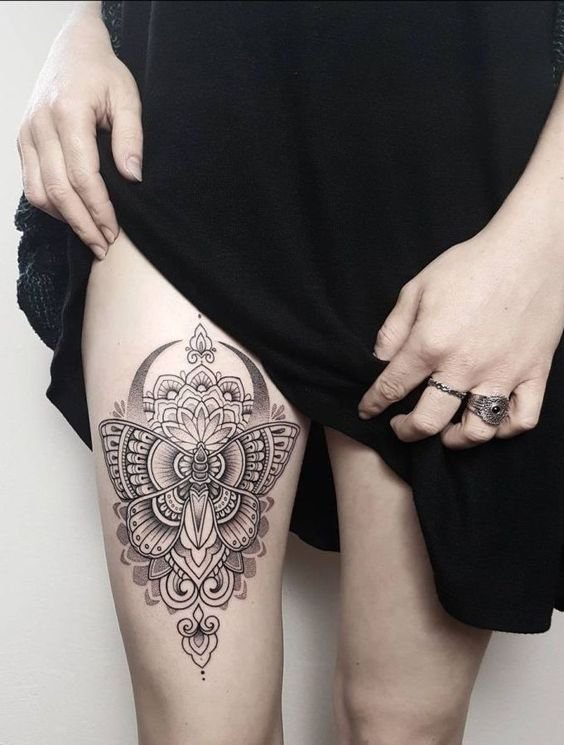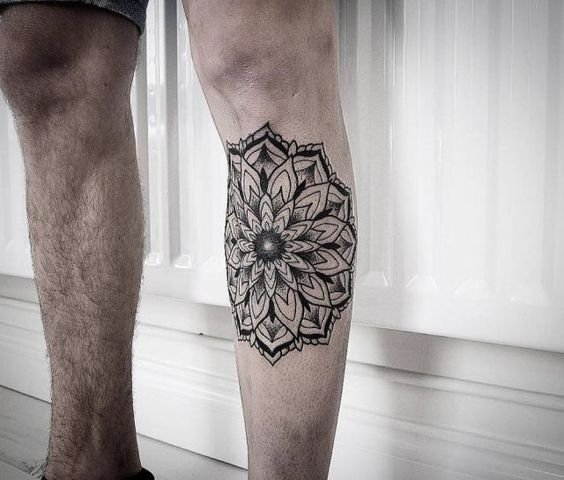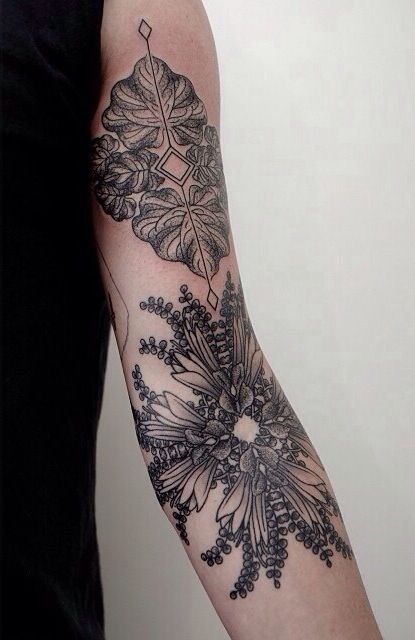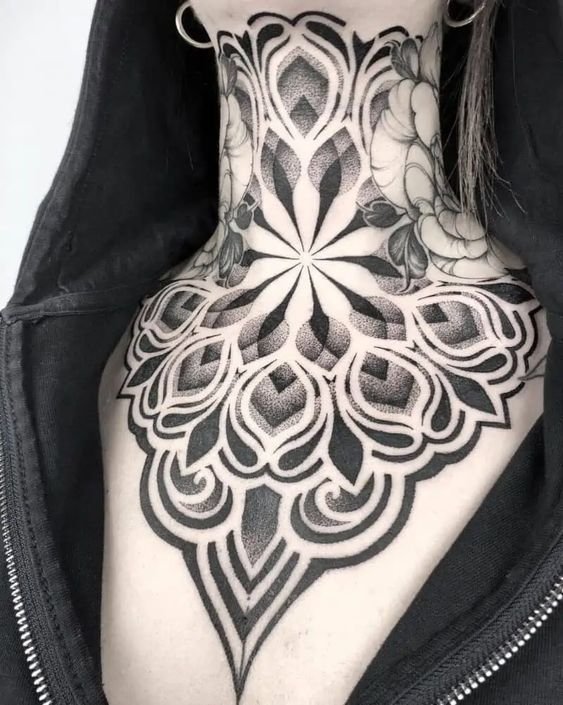Mandala Tattoo: Symbolism, Styles, and Ideal Places for Your Tattoo
A mandala tattoo is not just a body decoration; it's a symbol of universality and harmony, possessing profound spiritual significance.
Historically, mandalas have been used in various cultures for meditation and as tools to achieve higher consciousness. Today, mandala tattoos are popular among many who seek to express themselves through body art.


Historical Roots
The term 'mandala,' meaning 'circle' in Sanskrit, embodies centuries-old traditions rooted in the depths of Hindu and Buddhist cultures.
These intricate circular designs are not only beautiful but deeply symbolic, with each element in their design carrying a special meaning.
In Hinduism and Buddhism, the mandala serves as a tool for meditation and as a symbolic representation of the universe. Traditionally, a mandala is a kind of map of a meditative journey, serving as a visual analog of the cosmos organized in perfect order, making it a powerful tool for focus and introspection.
Mandalas are often used in meditative practices. Focusing on the center of the mandala helps the mind to concentrate, distracting from external stimuli and delving into deep meditation. This, in turn, facilitates achieving higher levels of self-awareness and spiritual realization.
A mandala is not just a decorative element; it's a potent symbol offering a pathway to the inner self, understanding the universe's structure, and achieving harmony with oneself. In the context of tattoos, choosing a mandala design often represents a desire for self-discovery, spiritual growth, and inner harmony.
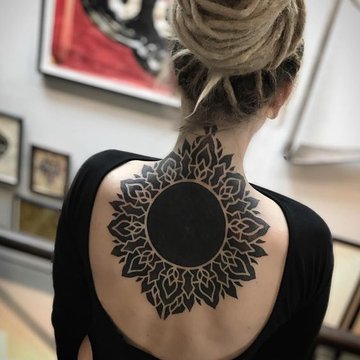


Meaning and Symbolism
Mandala tattoos carry deep symbolic content that attracts many people looking to express their spiritual aspirations, desire for protection, and quest for harmony through body art.
- Unity and Harmony:
- The circular shape of the mandala symbolizes the wholeness of the universe and its infinite possibilities. Within this circle, numerous patterns can represent various aspects of a person's life path. These designs can feature geometric figures, floral designs, and numerous other details, each contributing an additional layer of significance to the overall composition. A mandala tattoo can convey the concept that every facet of an individual's life is interconnected and needs to be in harmony to attain inner equilibrium.
- Protection:
- Mandalas have long been used as talismans intended to protect against spiritual evils and physical misfortunes. In many cultures, it is believed that a mandala can ward off negative energy due to its symmetry and the complexity of its patterns, creating a barrier against adverse influences. In the context of a tattoo, a mandala can serve as a personal amulet that the wearer feels as a constant source of protection.
- Meditation:
- Traditionally used in spiritual practices including meditation, mandalas help focus attention and achieve deep states of relaxation and inner peace. The visual complexity of a mandala aids in focusing the meditator's attention, distracting from external irritants and aiding in deep contemplation. As a tattoo, a mandala can remind of the need for regular meditation and self-reflection, serving as a kind of reminder of the importance of the spiritual path and self-improvement.

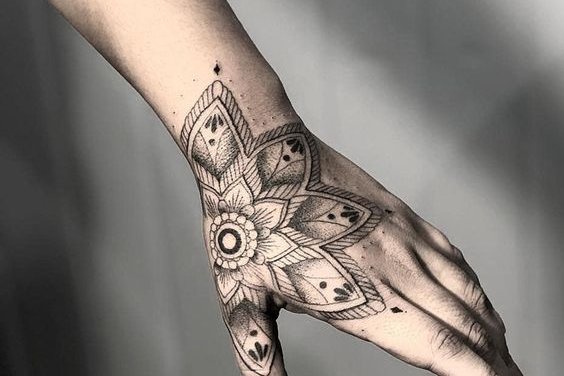
Popular Styles of Mandala Tattoos
- Traditional Mandalas: Intricate, symmetrical designs, executed in black and white or vibrant colors.
- Geometric Mandalas: Combinations of various geometric figures, creating a strict and orderly design.
- Floral Mandalas: Integration of floral motifs into mandala patterns, adding naturalness and femininity.
A mandala tattoo is more than just a tattoo. It's a means of self-expression that reflects the personal beliefs and aspirations of the individual. Choosing a mandala tattoo speaks to the wearer's desire to find harmony and balance in their life.
If you are interested in a mandala tattoo or looking for a place to bring your idea to life, consider visiting VEAN TATTOO studio, where you can choose the perfect design that matches your desires and values.


 Create a sketch in the VEAN TATTOO AI generator
Create a sketch in the VEAN TATTOO AI generator



